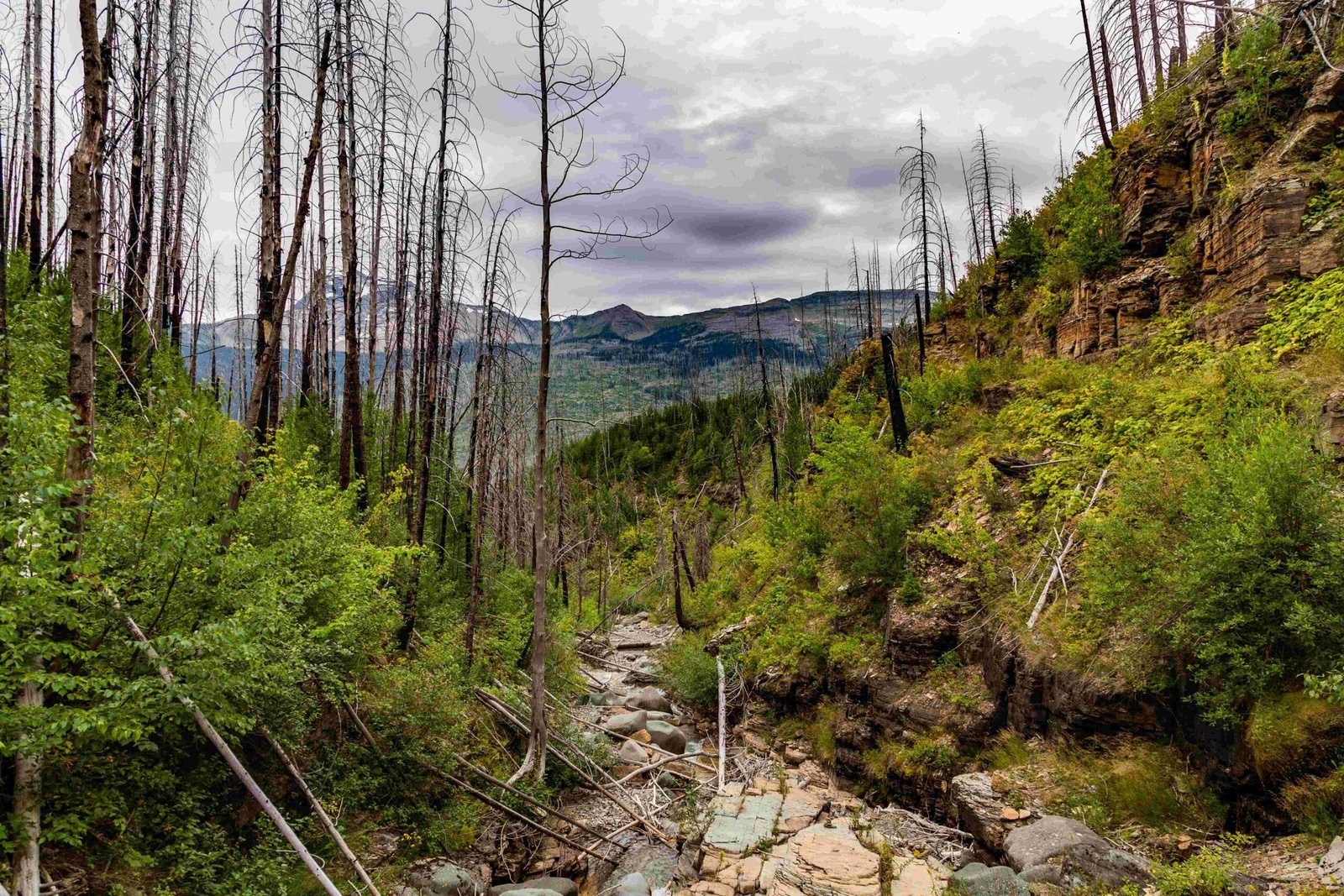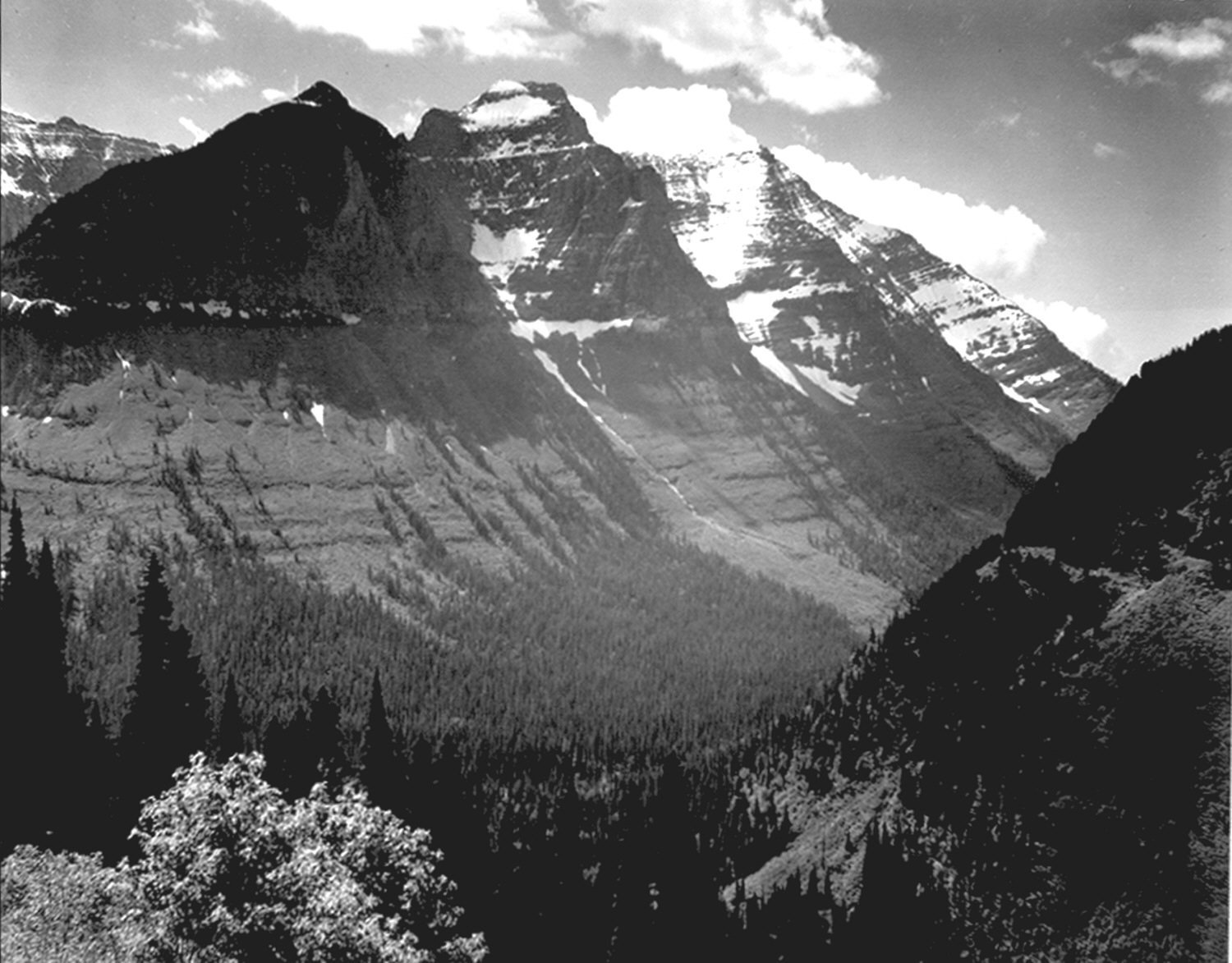Glacier National Park is renowned for its stunning landscapes and diverse flora, including a variety of pink flowers that add vibrant splashes of color to the alpine meadows and rocky slopes. This guide explores the pink flower species found in Glacier National Park, their habitats, best viewing locations, and essential information for visitors seeking to experience these natural wonders. From the delicate Monkey Flower to the resilient Townsend-daisy, the park offers a unique opportunity to witness the beauty of pink wildflowers in their natural alpine setting.
What Pink Flower Species Can Be Found in Glacier National Park?

Glacier National Park is home to several pink flower species, each adapted to the park’s unique alpine environment. Here are the most notable pink flowers you can encounter:
- Monkey Flower (Mimulus lewisii)
- Description: Bright pink petals with a distinctive five-petal structure
- Unique feature: Flowers close when touched by pollinators
-
Habitat: Found near cold mountain streams in sunny areas
-
Western Anemone (Anemone occidentalis)
- Description: Primarily white or yellow, with some varieties showing a pink tint
-
Habitat: Subalpine meadows, often growing alongside glacier lilies and spring beauties
-
Townsend-daisy (Various Species)
- Notable species: Hoary Townsend-daisy (Townsendia incana)
- Description: Pinkish petals
- Habitat: Open, rocky areas with limestone-derived soil, typically on exposed ridges and slopes near or above treeline
Where Are the Best Spots to View Pink Flowers in Glacier National Park?

To maximize your chances of seeing pink flowers in Glacier National Park, consider visiting these prime locations:
- Preston Park
- GPS Coordinates: Approximately 48.7833° N, 113.7333° W
- Access: Via Preston Park Trail
-
Known for: Diverse wildflower display, including monkey flowers and Townsend-daisies
-
Highline Trail
- Starting point: Logan Pass (48.6933° N, 113.6500° W)
- Difficulty: Moderate
- Access: From Going-to-the-Sun Road
-
Highlights: Extensive views of subalpine meadows with various wildflowers
-
Iceberg Lake
- GPS Coordinates: Approximately 48.7833° N, 113.7333° W
- Access: Via Iceberg Lake Trail from Swiftcurrent Motor Inn
-
Features: Popular spot for viewing alpine wildflowers, including pink species
-
Hidden Lake
- GPS Coordinates: Approximately 48.6933° N, 113.6500° W
- Access: Via Hidden Lake Trail from Logan Pass
- Attractions: Subalpine meadows hosting a range of wildflowers, including pink varieties
When Is the Best Time to See Pink Flowers in Glacier National Park?
Understanding the flowering seasons and bloom durations is crucial for planning your visit to see pink flowers in Glacier National Park:
Peak Flowering Season
- Late June to Mid-July: This period marks the height of wildflower viewing in the park, including pink flowers like monkey flowers and Townsend-daisies.
Average Bloom Durations
- Most wildflowers, including pink species, have relatively short blooming periods due to the harsh alpine environment.
- Typical bloom duration: 2-4 weeks, depending on weather conditions
Notable Events and Guided Tours
- Ranger-led Nature Walks
- Offered during peak wildflower season
-
Provide information about various wildflower species, including pink flowers
-
Wildflower Viewing Guides
- Available at park visitor centers
- Offer maps and tips for locating the best wildflower viewing spots
What Logistical Details Should Visitors Know?
To ensure a smooth and enjoyable experience viewing pink flowers in Glacier National Park, consider the following logistical details:
Parking Availability
- Parking lots are available at various trailheads:
- Logan Pass
- Swiftcurrent Motor Inn
- Designated areas along Going-to-the-Sun Road
Trail Conditions
- Difficulty: Moderate to challenging
- Terrain: Often steep inclines and uneven surfaces
- Recommendation: Check current trail conditions before setting out
Transportation Options
- Personal vehicles: Allowed on Going-to-the-Sun Road
- Shuttle services: Available within the park
Associated Costs and Permits
- Park entrance fee required
- Additional fees or reservations may be necessary for certain trails or guided tours
- Tip: Check the park’s official website for current fee and permit information
How Can Visitors Prepare for Pink Flower Viewing in Glacier National Park?
To make the most of your pink flower viewing experience in Glacier National Park, consider these preparation tips:
- Timing Your Visit
- Plan your trip for late June to mid-July for optimal viewing
-
Check park updates for current bloom conditions
-
Essential Gear
- Sturdy hiking boots
- Weather-appropriate clothing (layers recommended)
- Sun protection (hat, sunscreen, sunglasses)
- Water and snacks
-
Camera for capturing the beauty of pink flowers
-
Safety Precautions
- Stay on designated trails to protect fragile alpine ecosystems
- Be aware of wildlife and maintain a safe distance
-
Carry bear spray in bear country
-
Photography Tips
- Use a macro lens for close-up shots of pink flowers
- Consider early morning or late afternoon light for best results
- Respect the environment: avoid trampling vegetation for the perfect shot
What Conservation Efforts Protect Pink Flowers in Glacier National Park?
Glacier National Park implements several conservation measures to protect its diverse flora, including pink flowers:
- Habitat Preservation
-
Maintaining natural ecosystems to support native plant species
-
Visitor Education
-
Informational signage and ranger programs to promote responsible viewing
-
Research and Monitoring
-
Ongoing studies to track plant populations and assess climate change impacts
-
Invasive Species Management
- Programs to control non-native plants that could threaten native pink flowers
By understanding and respecting these conservation efforts, visitors can help ensure the continued presence of pink flowers in Glacier National Park for future generations to enjoy.
References:
1. Common alpine wildflowers – Glacier National Park – Parks Canada
2. Cushion Townsend-daisy – Montana Field Guide
3. Best Time for Wildflowers in Glacier National Park – NatHab